There is perhaps nothing more synonymous with hip-hop than New York City. The genre was birthed, nourished, and has continuously evolved thanks to the five boroughs. From hip-hop’s Jamaican influence to its eventual inception on the streets of the Bronx, NYC has helped to propel hip-hop into the mainstream giant that it is today.
New York City has produced an endless list of iconic and influential hip-hop figures, from the all important Grandmaster Flash, to The Notorious B.I.G, and even to groups like Wu-Tang. The city has been a hotbed for rappers and hip-hop artists throughout much of the genre’s history. Acts like Nas, Jay-Z, 50 Cent, and Nicki Minaj have not just become rap superstars, but have elevated to some of the biggest names in all of music.
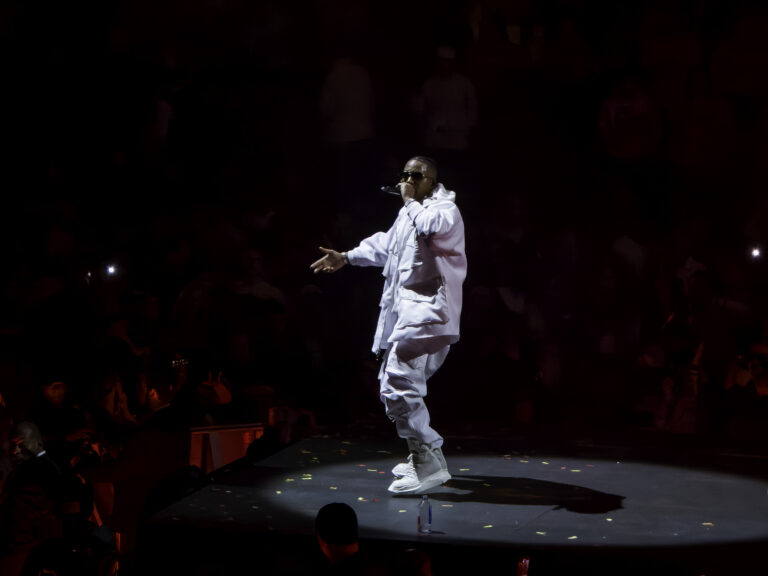
NYC DOMINANCE
Part of the aura and mythos surrounding New York is not just the artists that are associated with the region, but also the way that the city itself has influenced the music. Having originated in the Big Apple, hip-hop was inherently New York. From its embryonic stages in the ’70s to its “gangsta” personality in the ’90s, the genre’s identity has been linked to NYC for much of its lifespan.
For close to 30 years the “sound” of hip-hop was the “sound” of New York. Characterized by confident flows, lyrical versatility, classic samples, and an atmosphere of authenticity, “East Coast Rap” was the ultimate standard.
Historically, hip-hop acts from the city have dominated, whether it be commercially or critically. Seven of the top 25 highest selling hip-hop albums belong to New York artists, a mark higher than any other city . Additionally, of the twelve rappers/hip-hop artists currently in, or scheduled to be inducted into the Rock & Roll Hall of Fame, seven come from NYC, with two more representing Long Island.
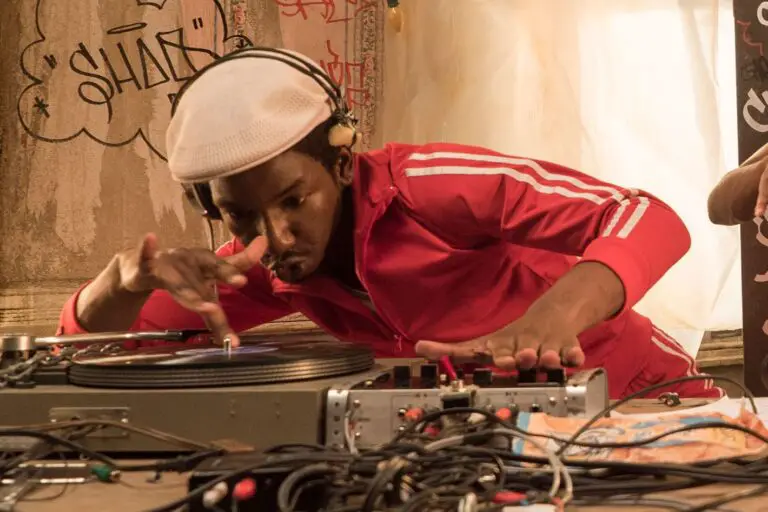
The popularity and success of hip-hop in NYC led to the genre’s diaspora throughout much of the United States. By the mid to late ’90s Los Angeles, Chicago, and Atlanta were all major players in the scene. Artists like Tupac, Snoop Dogg, Outkast, Lil Wayne, Common, etc. all had tremendous success being outside of NYC, however up until the last 10-15 years it was still the Empire City that really moved the needle.
A CRUMBLING EMPIRE
Despite NYC’s hip-hop pedigree, the “East Coast” sound that made it so influential has become quieter and quieter in recent years. Instead, influences of trap, drill, cloud rap, and even reggaeton have filtered into the city to create a diverse, intricate, and hard to pin down sound from many NYC artists. Even with the likes of rappers like Joey Badass, Fabolous, and Roc Marciano, the often grimy, word play heavy, and sample laden sounds of the ’80s through early 2000s East Coast rap has largely dissipated from the city.
As NYC has lost its sound, other cities have refined theirs. Today, avid hip-hop fans will easily be able to identify where certain artists are from within seconds of hitting the play button. Acts like 21 Savage, Lil Baby, and Migos all have a distinct sound and atmosphere that connects them with Atlanta. Other artists like GloRilla, Moneybagg Yo, Key Glock, and the late Young Dolph boast specific features and elements that represent Memphis.
On Complex’s 2023 list of “The Best Rap Cities Right Now”, NYC sat at #2, yet there was no city with more of a musical or even social disconnect between its most prominent artists. In terms of musicality, and apart from maybe an accent, there is very little that artists like Ice Spice, A$AP Rocky, Fivio Foreign, and Nicki Minaj have in common.
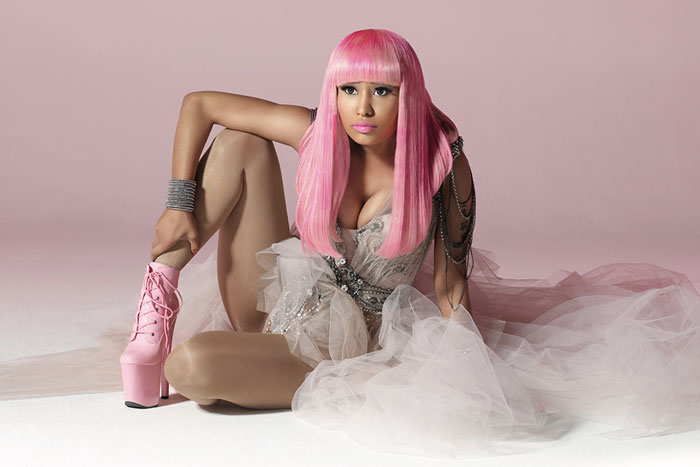
“As a whole town we’re losing… I’m talking about the new New York, who do they have to look up to? We’re losing identity and it’s crazy because we was the treadsetters,” Queens legend N.O.R.E. said in a 2013 interview with DJ Vlad.
Not only has there become a stylistic schism in NYC but there has been a long standing adversarial attitude amongst many of its biggest artists. Of course there’s the well publicized beef between Jay-Z and Nas, then there’s 50 Cent taking on all of NYC, and in the 2010s it was Nicki Minaj and Cardi B. While other places were fostering and supporting new sounds, promoting upcoming artists, and building together, many New Yorkers were divided.
“The older rappers that were already situated in the city didn’t pay up-and-comers no mind if they didn’t sound like the old sound. Bobby Shmurda was the first one with a newer sound, a different sound, that was accepted by New York City hip-hop culture,” Jamel Robinson, the host of Brooklyn rap Youtube Channel Melz TV said in an interview with Complex.
The mention of Shmurda’s name also shines a light on another troubling aspect of NYC’s identity crisis. Controversy and tragedy have plagued the city’s biggest and brightest stars. Shmurda burst onto the national stage after the release of his mega-hit “Hot N*gga” in 2014. Proudly repping NYC, the then 19-year-old became an internet star, spawning viral trends and memes all around social media. Just two years later however, Shmurda would be sentenced to seven years in prison after facing conspiracy and weapons charges. The rapper helped to pave the way toward a renewed New York sound and image, but his untimely removal from the game left NYC without another trailblazer for years.
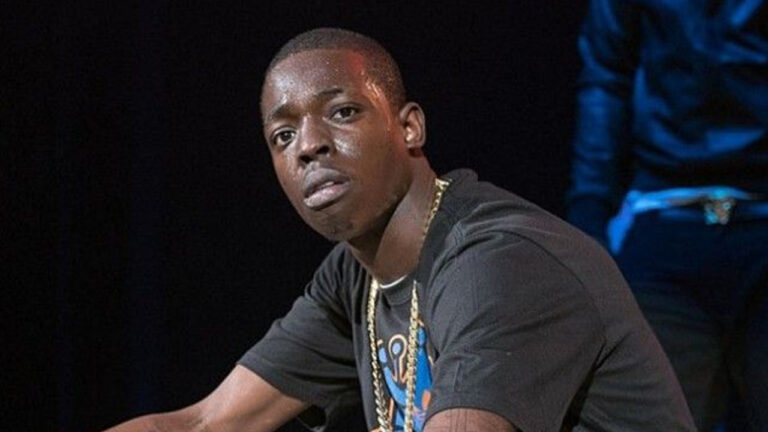
Unfortunately, the artist that would garner the same kind of attention as Bobby would also have a short run at the top. Fellow Brooklyn rapper Pop Smoke took hip-hop by storm in 2019. Blending Chicago and UK Drill with a distinctly New York attitude, the artist was hailed as one of the next Brooklyn legends. But, while renting a house in LA in February of 2020, Pop Smoke was tragically shot and killed during a botched home robbery. Once again the city was left without an artistic talisman.
Warning signs of NYC’s eventual fall from hip-hop have been there for years. Even New York’s own have referenced the influence of other locations and subgenres. In A$AP Rocky’s 2011 song “Palace”, he sings “Harlem N*ggas gon’ be feelin’ this, East Coast n*gga but how trill is this?” alluding to the Houston slang term “trill”. Rocky goes onto praise the Texas city later in the track rapping “Influenced by Houston hear it in my music, a trill n*gga to the truest, show you how to do this”.
The Harlem’ native’s love for Southern sounds helps to demonstrate the way in which New York artists have grown to accept and incorporate other attributes of hip-hop. While New York’s current sound may represent the diversity within music and the area’s population as a whole, it diverges from the hip-hop legacy that was crafted there. Without identifiable qualities and features, it makes it hard to discern a “New York City” artist from any other act.
Perhaps New York’s current lack of identity is due to the natural evolution of genres, especially in a place that has such deep roots in one specific kind of music. It may be the normal progression of any artistic originator to eventually move on from the elements and features that made it so special to begin with.
Whether it be because of a natural artistic change, tension between artists, or even just “bad luck”, New York City’s reputation in hip-hop has faded over the last 10-15 years.
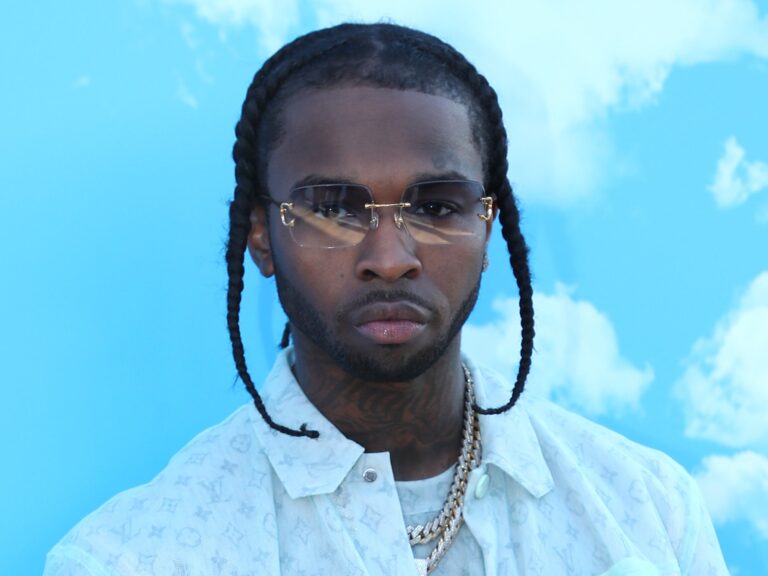
UPSTATE IS THE NEW “EAST COAST”
But, as the longstanding “East Coast” sound has begun to leave the blocks of New York City, a refurbished sound has traveled upstate, seeping into cities like Albany, Rochester, Syracuse, and most notably Buffalo. These cities have partially curated their own subgenre of hip-hop, characterized by many of the same ideas, trends, and themes that helped to establish NYC as a mecca.
The most notable of these artists hail from Buffalo and are a part of the “Griselda” collective. Spearheaded by Benny the Butcher, Conway the Machine, and Westside Gunn, the three have helped to carry the torch for the “new wave” of hip-hop coming out of Upstate New York.
While they all certainly have their own individual characteristics, like Westside’s unique flow or Benny’s confident delivery, their music all shares similar themes and perhaps most apparent, a certain atmosphere. Defined by lyrics about drug dealing, street smarts, high fashion and systematic failures, their content is the musical offspring of acts like Wu-Tang, Mobb Deep, Onyx, and even early Jay-Z.
“I just do me and if you like it, you like it, if you don’t, you don’t… me being a real individual, people love that. It’s enough to build a cult following. It’s not a gimmick, this is just what we do for real, ” Westside Gunn said in an interview with Complex.
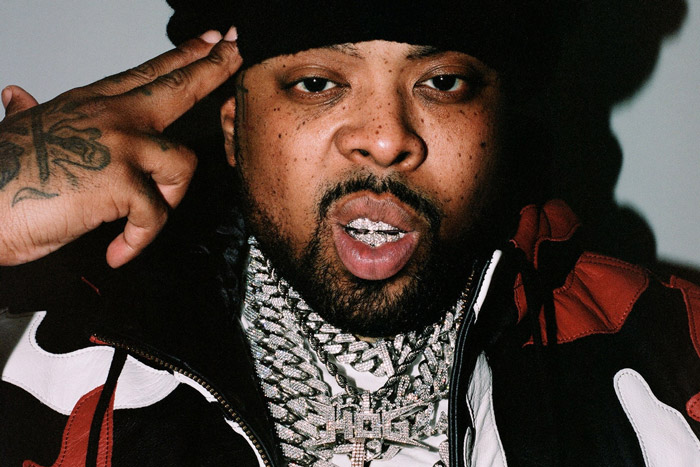
Conway’s authenticity and edge mirrors much of the sentiment that ’90s and traditional East Coast rappers were known for. The success of Griselda has helped to provide sustenance for a section of hip-hop fans who have been starving for a more gritty and dark sound.
It’s all the way left [west] from the City but the mindset is similar, very similar
NYC rapper Murda Mook on Buffalo.
It’s not just the lyrics and attitude of Griselda that calls back to the boom-bap era of East Coast rap, it’s also their production. For years the trio has enlisted the help of the producer Daringer, who has seemingly managed to hold onto all the unused samples, sounds, and techniques that legends like DJ Premier and RZA would’ve craved for.
In an era where hip-hop production is full of cheap snares, 808s, synths, overdone bass, and half-baked samples, Griselda and Daringer combine to create beautifully violent, vivid and foreboding records. Even lacking drums at times, their tracks provide a listening experience unlike anything in contemporary hip-hop.
Streaming apps like Spotify and Apple Music can easily expose lovers of Griselda to other similar artists. And after some quick research it’s clear to see that a lot of these “similar artists” come from Upstate New York.
Whether it’s Syracuse’s Stove God Cooks, Rochester’s 38 Spesh, or the plethora of other Buffalo artists, there is a blossoming of rap talent in Upstate New York. While this vibrant and nostalgic subgenre has been making waves in and amongst hip-hop heads for years, it has yet to make a big splash in the mainstream.
“It’s more about being creative, making dope music, and just solidifying my name. I don’t give a fuck about none of the other shit,” Stove Good Cooks told Peter Rosenberg in a conversation with Hot 97.
Despite the individual success of some artists in the subgenre, there has yet to be a track or album that has crossed over into popular music. Benny The Butcher gained notoriety for having J.Cole on “Johnny P’s Caddy” while Conway and Westside appeared on Ye’s Donda. With that being said there is still a disconnect between mainstream hip-hop lyricists like Cole, Kendrick, Cordae, JID and many acts from the grimier subgenre.
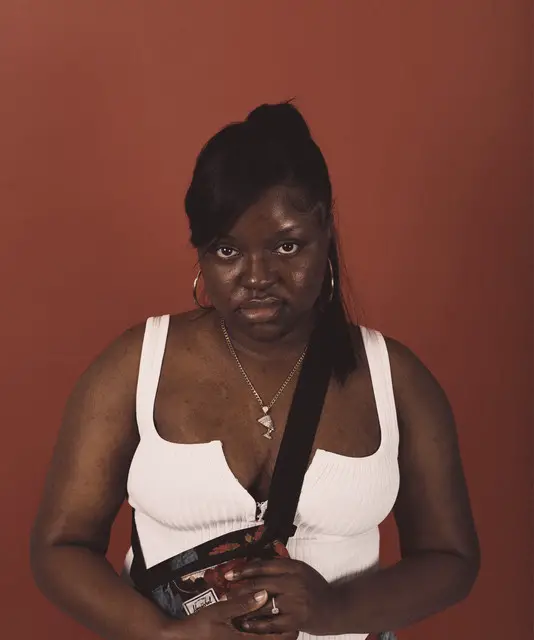
Although widespread commercial success has evaded the subgenre as a whole, the influence and inspiration that it has supplied cannot be ignored. Back in 2021 Tyler, The Creator credited Westside Gunn for “making me want to rap again”. Additionally, legendary comedian Dave Chappelle has gone on stage to shout out Griselda.
Thanks to the ground covered by some of the larger acts in the subgenre, rappers like Rome Streetz, Che Noir, Mach-Hommy, plus producers like Conductor Williams have all been able to shine. Even without large-scale commercial backing, the subgenre has provided some of the most talented and innovative artists in contemporary hip-hop.
As hip-hop celebrates its 50th anniversary, the genre has never been more accessible, popular, or accepted. While the future trends and sounds that will define New York hip-hop are unknown, it seems all but certain that artists outside of the traditional NYC metro will have an impact. Amongst a flurry of sonic changes and social media fads, there’s something refreshingly nostalgic about the style of hip-hop emanating from Upstate. Although NYC has relinquished its throne as the genre’s king, the state of New York is still an important thread in hip-hop’s cultural and musical web.
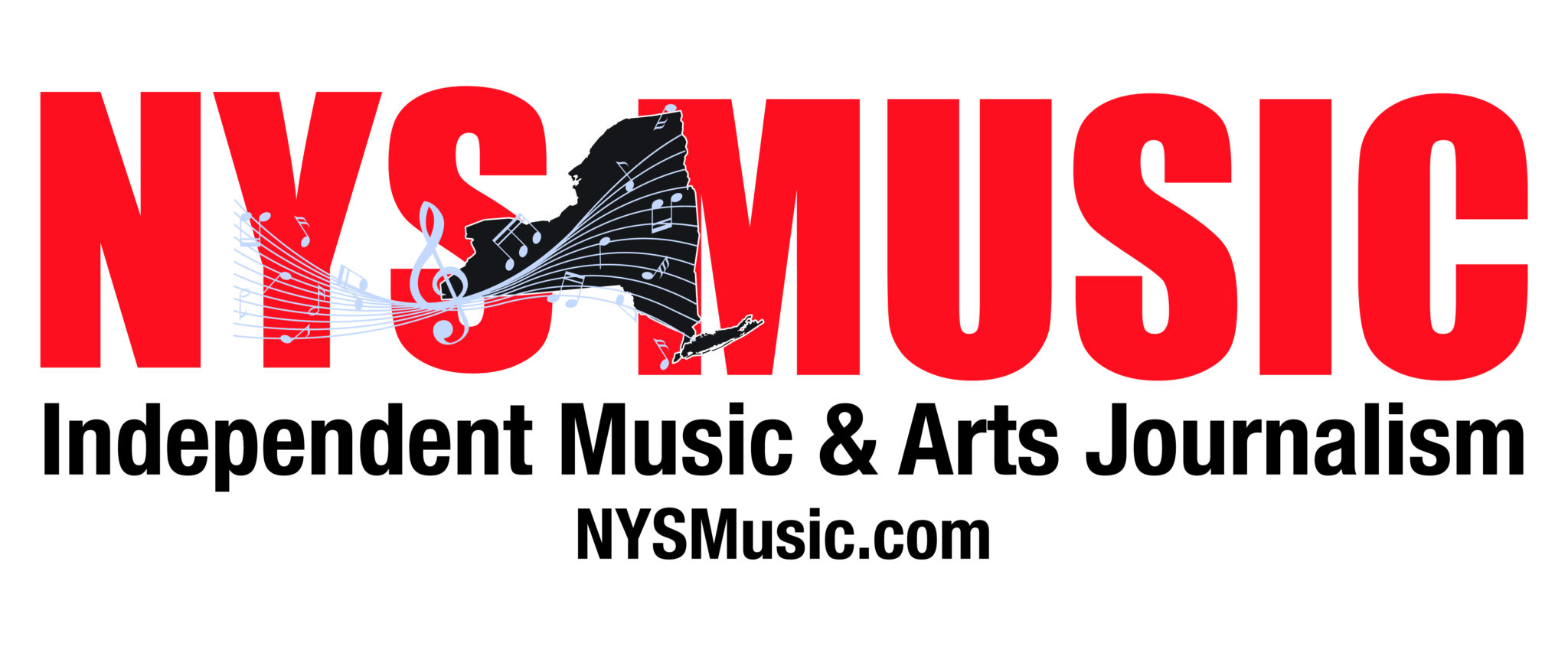

Comments are closed.